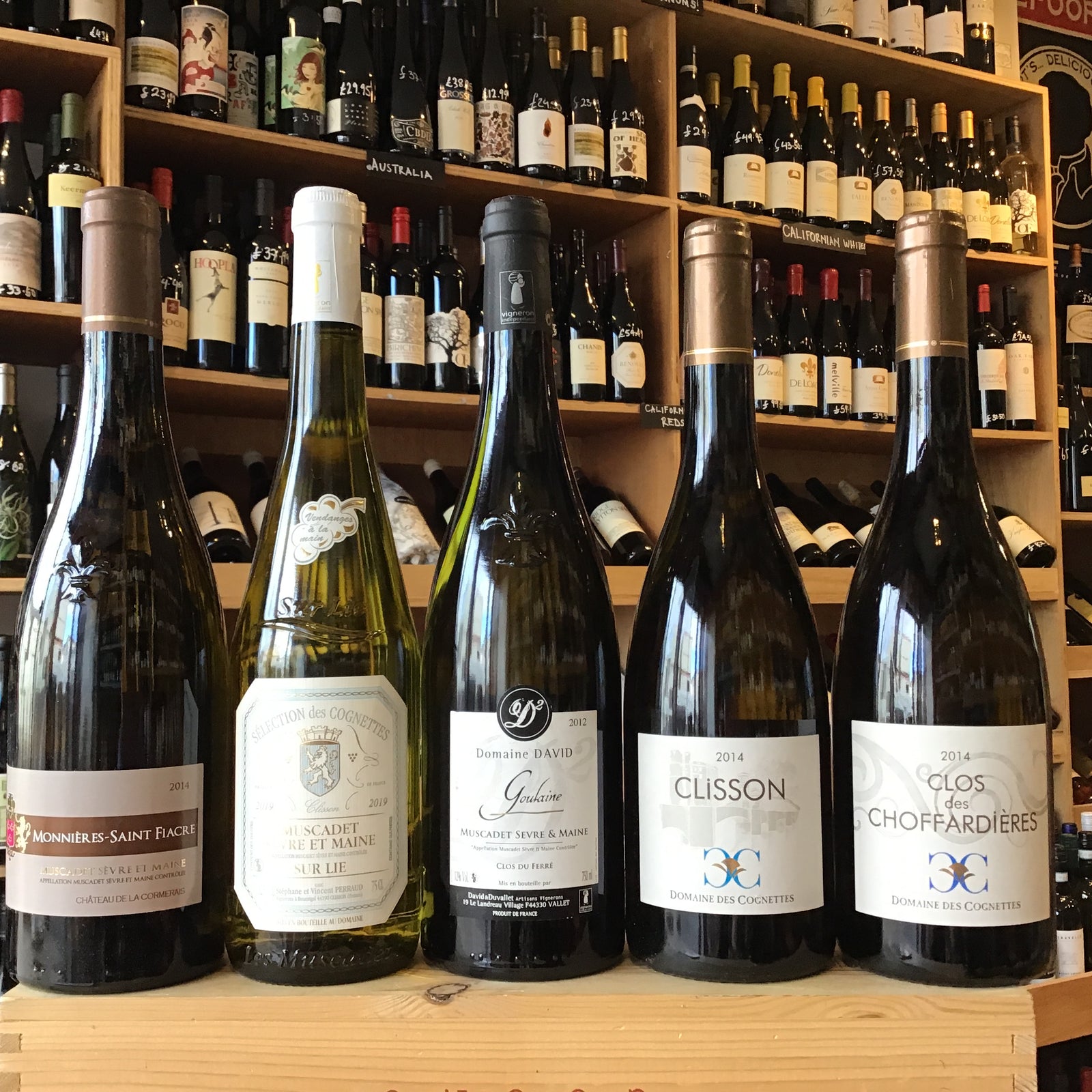
Muscadet has an image problem. It’s made from a grape variety, Melon de Bourgogne, described with depressing regularity as ‘neutral’. So even the finest Muscadet Sèvre-et-Maine ‘Sur Lie’ wines tend to be regarded as simple, plain, boring even. Happily, the truth is far more exciting.
First a bit of background. The vines of Muscadet spread out around Nantes, along the Loire river on its final stretch towards the Atlantic - the green area in the map below. It’s a northerly maritime region, meaning grapes traditionally crept towards ripeness over the cool summer, retaining good levels of acidity as they went. In these conditions, Melon de Bourgogne produces clean, citrus-driven wines with a tangy saline edge - one of the reasons Muscadet is widely seen as the go-to seafood wine. 
From https://commons.wikimedia.org/wiki/File:Carte_vignoble_vallee_de_la_loire.png
It’s true that these conditions can make for dainty wines, but good producers have long had a secret weapon up their sleeve: lees ageing. Muscadet Sèvre-et-Maine Sur Lie wines are left to mature on the dead yeast cells (or lees) that triggered their fermentation, sometimes for as long as five years. This process fleshes out the wines with the gloriously smooth, creamy mouthfeel that marks out the Sur Lie style (sur lie means ‘on the lees’).
Muscadet originally rode to fame in the 1970s on the back of this precarious path between crisp, mineral acidity and mouth-filling texture. But climate change is starting to tell another story in the region, where warmer summers are ripening Melon de Bourgogne faster and nudging acidity levels down. This is leading quality-focused producers towards the holy grail of modern winemaking: complexity.
The best producers are dialling up this complexity by minimising interventions in the vineyard and winery. Organic viticulture and indigenous yeasts are becoming de rigueur and the wines are more expressive as a result. This is certainly true of one of our favourite producers, Domaine des Cognettes, whose delicious organic Muscadets we have been importing for years. The Perraud family has 28 hectares of Melon de Bourgogne planted around the ‘cru’ village of Clisson and their wines showcase the virtues (and value) of Muscadet Sevre-et-Maine at every price point.
TheirMuscadet Sèvre et Maine, Sur Lie (£11.99) is a true Butler’s hero that’s achieved Kylie-esque one-name status - known simply as ‘Cognettes’ by customers and team alike. Six monthssur lie adds roundness to its lovely floral-citrus-saline freshness. It’s a steal at under 12 quid.

Cognette’sOrganic Clisson 2014 (£17.25) is the thoroughbred of the stable, sourced entirely from very old vines in Clisson’s top plots and spending a whopping 43 months on lees. The fruit is riper and peachier, and the texture is just incredible. Crucially, the extra money you spend buys you one of Muscadet’s greatest secrets: ageworthiness. This wine will still be delivering fruit, freshness and complexity into the 2030s.

We have an even more extraordinary wine already showing the heights Muscadet can hit after a few years in bottle. Domaine David’sMuscadet Sèvre-et-Maine Goulaine 2012 (£22.49) is still fresh, clean and salty, but honey and white flowers have turned up at the party, where the texture is throwing some spectacular shapes on the dancefloor. You’d pay easily twice as much for a white burgundy this complex... and it’s still got years ahead of it.

Excited? You should be. Hit the link below to explore our full range of Muscadets.
https://www.butlers-winecellar.co.uk/search?type=product&q=muscadet



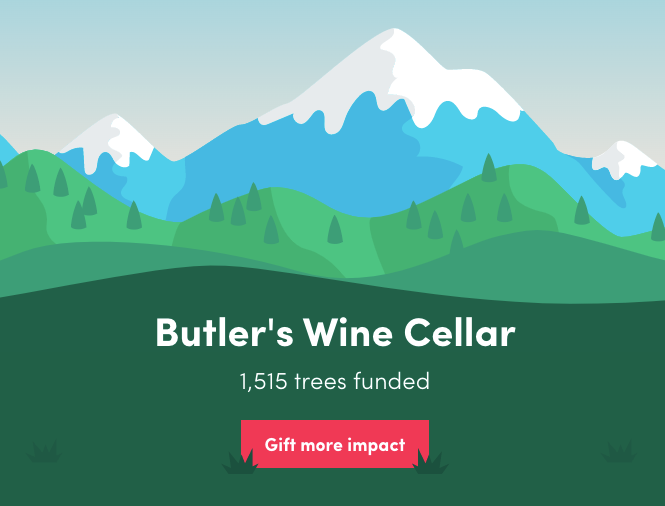


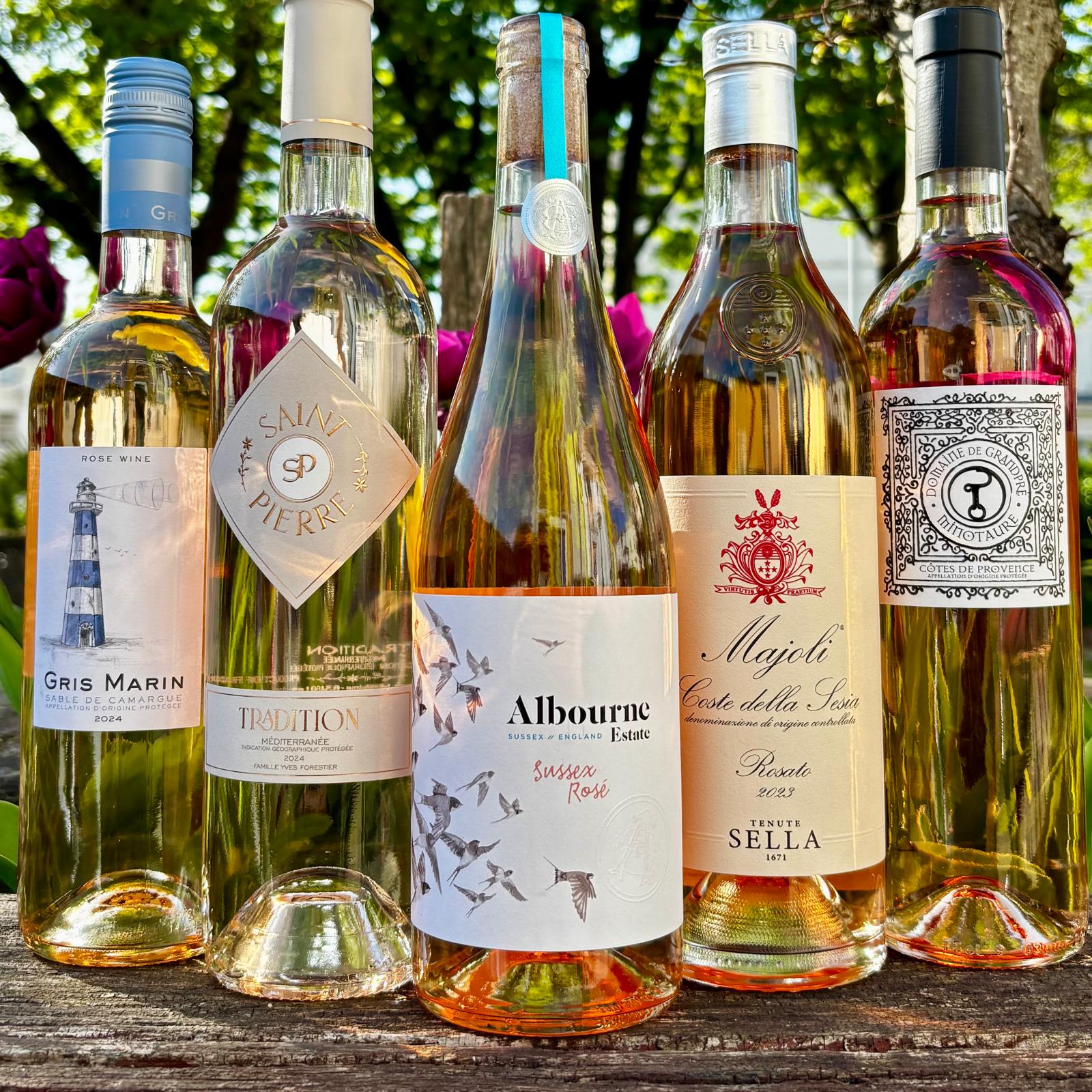
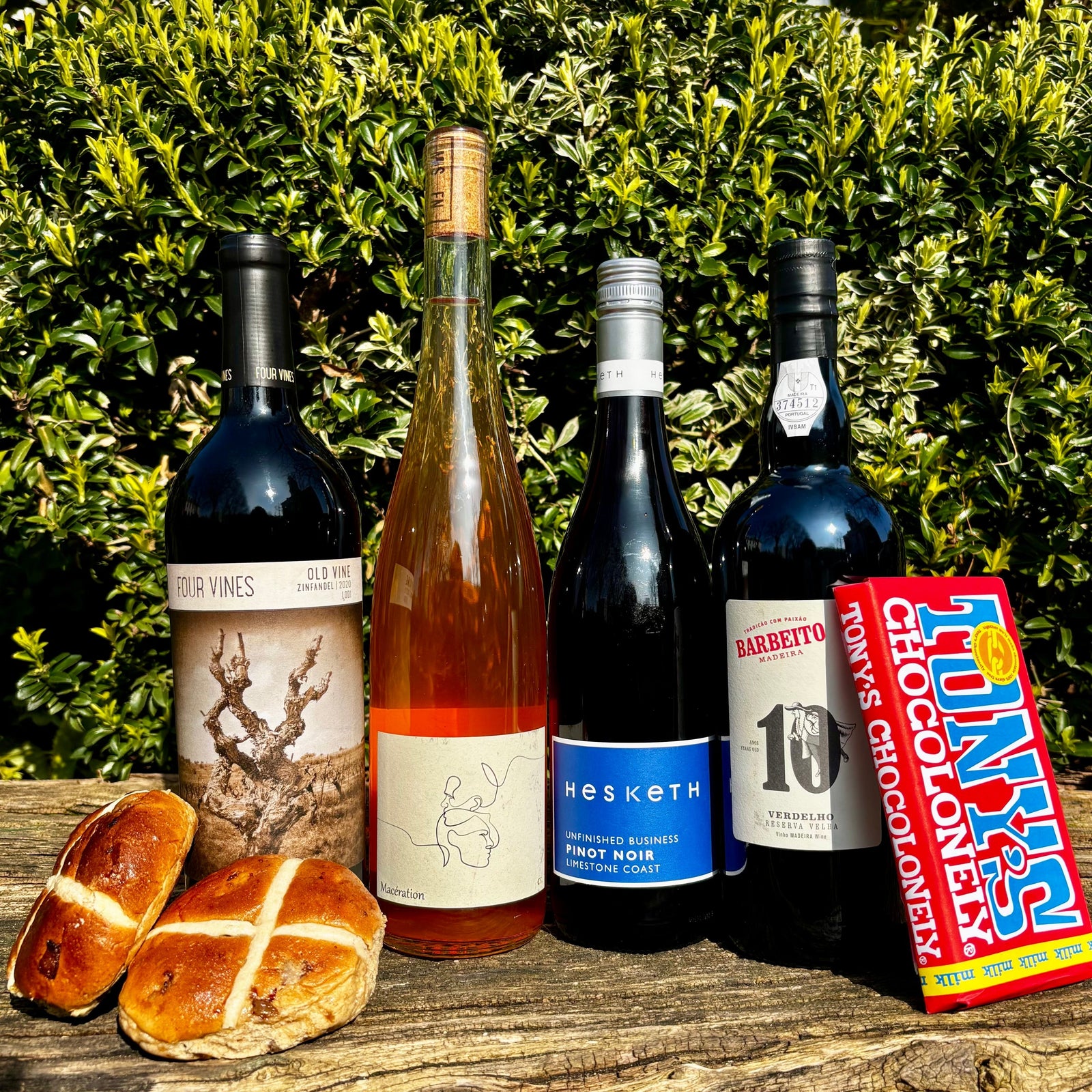
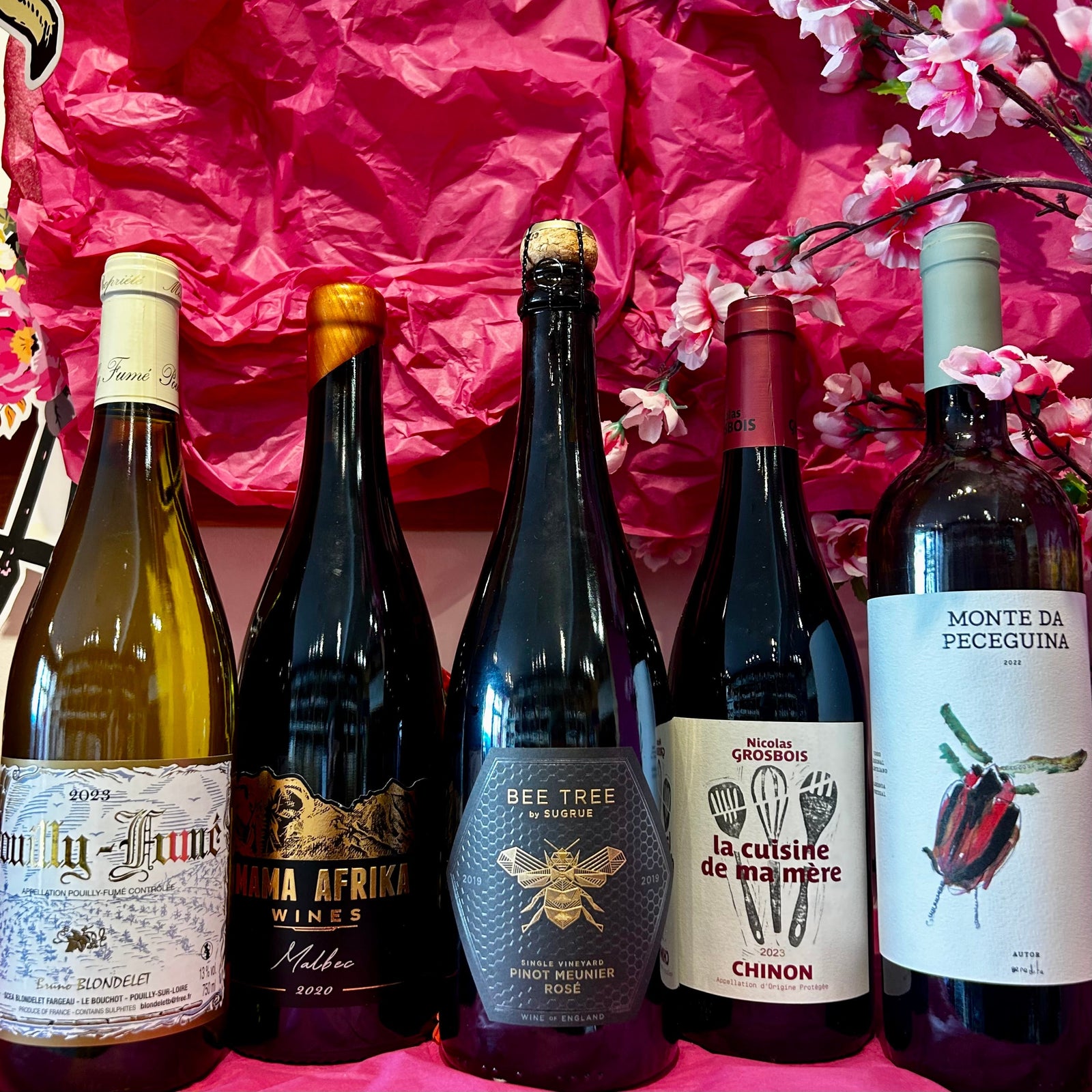
Leave a comment (all fields required)